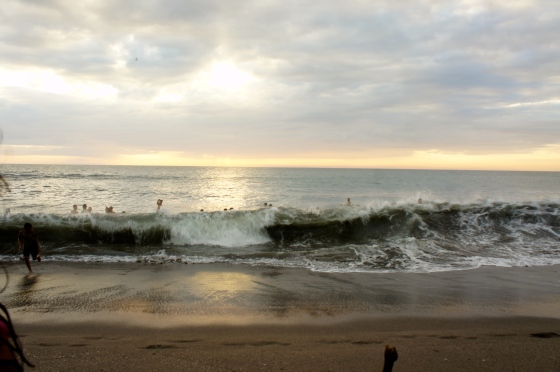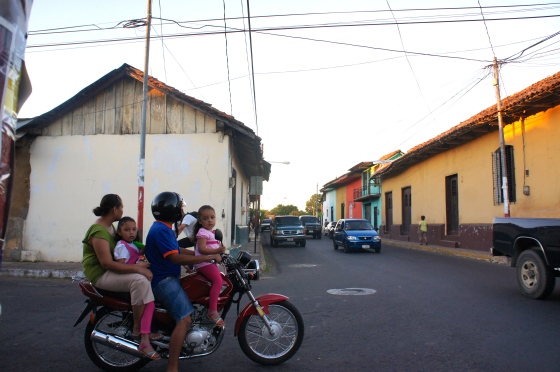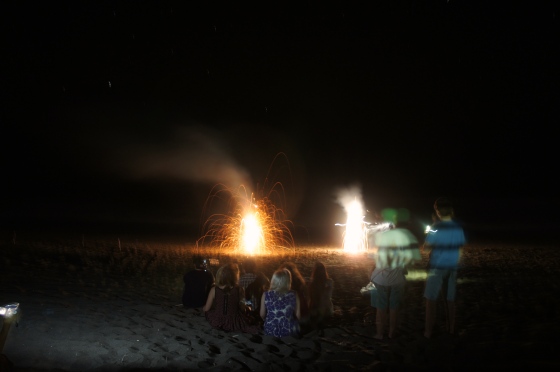I’m no longer in Nicaragua, but I found this post in my drafts and wanted to finish it. I leave on January 3rd for my next internship abroad, this time in Rwanda, and I can’t help but reflect on this time last year when I was on my way to a place that would steal my heart and confuse/delight my stomach.
Someone once told me that the reason Nicaraguan food is so unglamorous is because there was never much of a middle class; for most of the country’s history, there has been a minuscule wealthy population, with the rest of the country in living in extreme poverty. Struggling to survive doesn’t leave much room for culinary innovation.
I agree that the staple foods are quite simple, but they are also very unique (to my American palette, at least), and there is a marked ingenuity in the way food is prepared. it is delicious, satisfying, and fresh. Healthy? Not usually. this is just a list of a few of my favorite things, or things that I found very unique.
– gallo pinto (simple rice & black bean dish) eaten at least 2x a day … sometime mixed with leftover spaghetti
– maduro (fried sweet plantains). with cream and cinnamon, called “maduro en gloria”.
– juice: remolacha (beet!!!), tamarindo, melon, green mandarin oranges (they have a name i can’t remember), pitahaya (dragon fruit?), calala (passion fruit), granadilla
– there no such thing as salad… just cabbage.
– … but there is lots of fried cheese. tradeoffs.
– chicken achiote, a grilled chicken marinated with “achiote” seeds that turn the outside of the chicken bright red. the tiny charcoal grill my host family had would be smoking these all day every friday.
– avocados everywhere
– jocotes: tangy little fruits eaten with salt and chile when unripe, eaten sweet and by themselves when ripened. also sometimes appear in soup. there is a man who sells these every day outside my work for 5 cordobas a bag
– picos con nescafe – my mid-afternoon snack many days a week. light pastry stuffed with sugar and dried cheese.
– saving the best for last…. pinol de iguana: about as Nicaraguan as you can get, this iguana soup was an experience. Iguanas are a popular holiday dish in Nicaragua, especially during Easter week, the biggest celebration of the year. you can often buy them whole at a busy bus stop or in the market. in my case, my Nicaraguan friend went hunting for them, which made me feel a bit better about their quality.
the soup is often served with cooked iguana eggs in them, which are very chewy.
to me iguana tasted like a mix between chicken and fish. I guess that’s kind of what it is?
I can’t wait to post about Rwandan food, hopefully I’ll finish that one a little sooner on in my time there.




















